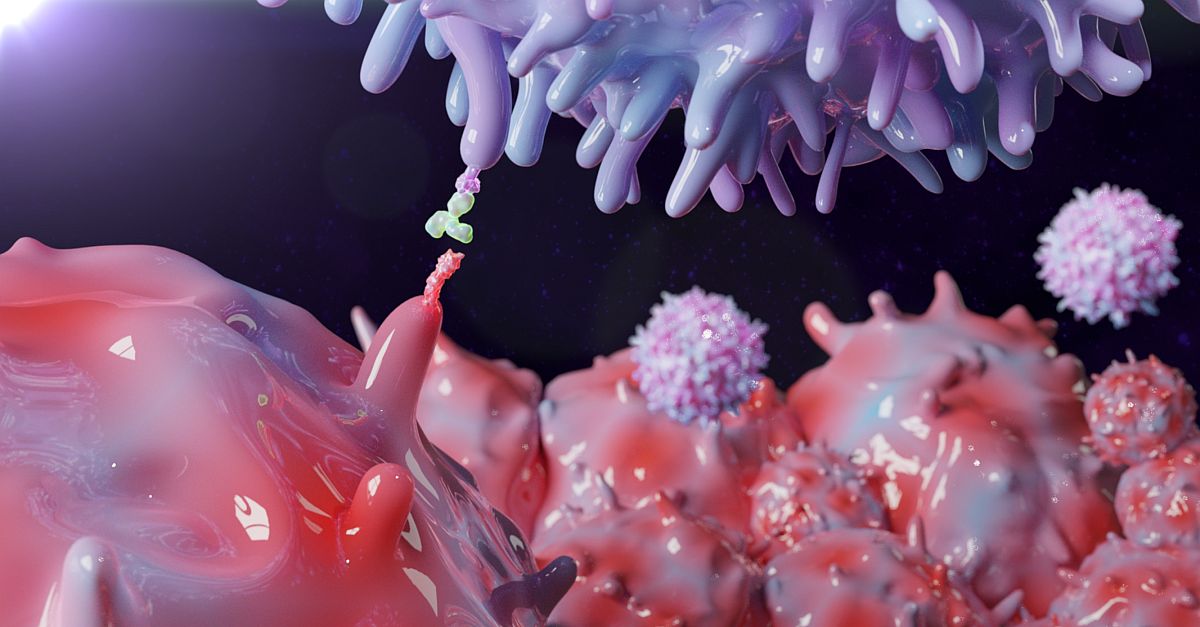In contrast to poor outcomes associated with obesity in some tumor types, patients with obesity and metastatic melanoma, non-small cell lung cancer, and renal cell cancers treated with immune checkpoint inhibitors (ICIs) have demonstrated increased survival. The reasons for this have yet to be confirmed but may involve increased chronic inflammation, increased programmed cell death protein 1 expression on CD8-positive T cells, decreased T-cell function, or increased frequency of exhausted T cells. Pharmacokinetic studies have shown interindividual variability in nivolumab clearance associated with patient characteristics including body weight and sex, which led Dr Jennifer McQuade and colleagues to investigate the association between these factors and safety. Their analysis included a pooled cohort of 3,772 patients treated with nivolumab monotherapy or nivolumab plus ipilimumab in 12 CheckMate trials across 8 tumor types.
In the primary analysis of nivolumab monotherapy, obesity was associated with an increased incidence of any-grade immune-related adverse events (irAEs) compared with those with normal or underweight body mass index (BMI). More specifically, in those receiving nivolumab 3 mg/kg (n = 2746), irAEs occurred in 70% of those with obesity, 64% of those with overweight BMI, and 58% of those with normal or underweight BMI. The increased likelihood of irAEs was consistent across subgroups (analyses included age, sex, Eastern Cooperative Oncology Group performance status, smoking status, geographic region, and tumor type), with the exception of a higher risk of grade 3 or 4 irAEs among female patients with obesity and for patients from Europe with obesity. When individual irAEs were evaluated, there was increased frequency of diarrhea or colitis, dermatitis or immune-related skin reactions, and nephritis or kidney disorders associated with increasing BMI.
In the exploratory analysis of the combination of nivolumab 3 mg/kg and ipilimumab 1 mg/kg (n = 713), there was a similar upward trend in any-grade irAE incidence associated with increasing BMI, while the association was not found in patients who received nivolumab 1 mg/kg and ipilimumab 3 mg/kg.
High level
The trends in this analysis support the hypothesis that there is a biologic association between BMI and irAEs in patients treated with nivolumab monotherapy. Given the variance in risk between the different doses within the combinations of nivolumab and ipilimumab, the authors suggested that further research in patients receiving the combination will be needed before definitive conclusions can be drawn about the association between BMI and safety in those patients. Another area researchers may consider exploring further is the recently discovered roles of the microbiome in obesity, response to ICIs, and irAE occurrence to determine clinical relevance.
Ground level
Patients with obesity may be at increased risk for mild or moderate irAEs when treated with ICIs, including nivolumab. The findings of this analysis have clinical relevance: closer monitoring for potential irAEs may be necessary in patients with obesity receiving ICIs, along with recognition that BMI as a surrogate measure of body composition is subject to considerable interindividual differences in body composition and fat distribution.

